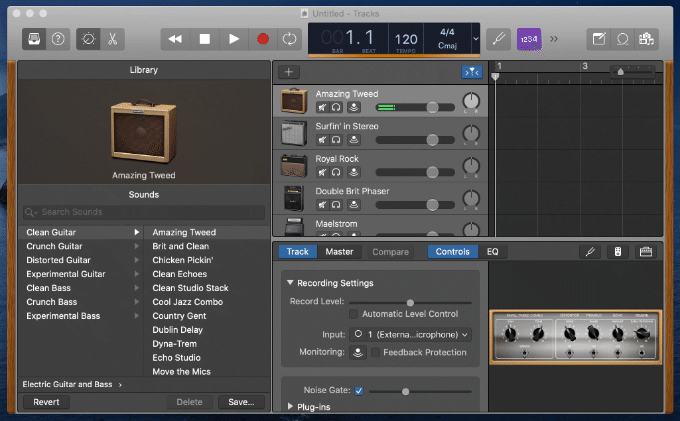

Smush Evernote and Pocket (an online bookmarking app that allows you to save articles for the future) together and you’ll get Diigo. It proves its worth during the “research” phase of a novel: you can clip quotes from the Internet, record audio notes, set up tags, share notebooks - all for free! For most of us, though, Evernote remains a note-taker on steroids. Beat Buhlmann, the General Manager of Evernote EMEA, once even managed to write a whole novel in Evernote. “The time for planning a book is while you’re doing the dishes.”Īgatha Christie Trying to get some research done?Įvery writer should know Evernote, because Evernote is pretty damn effective.

Luckily, one of the best mind-mapping technologies is free: Coggle allows you to color-code paths and make really pretty diagrams without any effort at all. Simply start from the big picture and work your way down until your ideas crystallize into a story.Įver wonder if your plot points actually make sense, or if one story idea can connect to another story idea? Well, a mindmap is a visual way of examining the potential relationships between things. Stewart Butterfield and Cal Henderson (co-founders of Slack) and Ev Williams (founder of Medium, Twitter, and Blogger) are fans of it - and writers can use it to outline their whole novel or bullet-point a particularly tricky plot point. WorkFlowy is a way to “organize your mind.” Put simply, it’s a neat app that makes outlining easy. Whatever you decide to do with it, all you need to do is move your “cards” around to get started organizing your book. Or you might see it as a task manager to keep track of what scenes you plan to write next. It’s a project management app that’s infinitely flexible: you can use it as a virtual corkboard to structure your manuscript, for instance. You say, “Trello,” we say, “Hel- lo.” Because Trello is incredibly useful. So, if you ever want to better the reading experience on your computer, we recommend Mercury Reader: a Chrome extension that can streamline any webpage for you. Read outside your areas of comfort, so you know what else is out there. Read the ‘classics’ in whatever areas of writing you want to work in so you know what the best points are. Neil Gaiman’s #1 tip for aspiring writers is: “Read everything you can lay your hands on. Plus, all your notes are backed up and the search function means that you can find old notes whenever you want to pull them up again. “Light, clean, and free,” is the way that Simplenote markets itself - and it’s true! The best stories can start from the smallest of ideas, and Simplenote is one of the simplest ways to make sure you’ve got them all jotted down.
#Free children's book publishing software for mac free#
It enables you to journal-on-the-go and even gifts you with a number of free features while you’re at it, including: a clean interface, syncing, photo imports, reminders, and metadata functionalities. Fortunately, there are plenty of apps ready to give you a boost, every step of the way! So, are you: Looking to get inspired?įor anyone who’s tired of scribbling down story ideas on the crinkled corners of tablecloths, Day One is a journaling app for iPhones, iPads, and Macs. Part I: Before you writeīefore a single word is even committed on paper, authors go through a ton of back-breaking work: thinking, organizing, plotting, researching, and perfecting the seed of their idea. Here are the 30 most useful apps to get you past every stage of NaNoWriMo.

So we’ve done all the digging for you to save you the research. That said, there’s a sea of writing apps o ut there, and it takes time to figure out which are good and which are not so great. Luckily, we’re in the 21st-century now, and technology is your friend. It’s a bit better for authors now, of course, but NaNoWriMo is still a 30-day grind and we can use all the power-ups that we can get. In the early days of NaNoWriMo, it wasn’t rare to see cavemen scrawling their 50,000-word books all over cave walls.


 0 kommentar(er)
0 kommentar(er)
